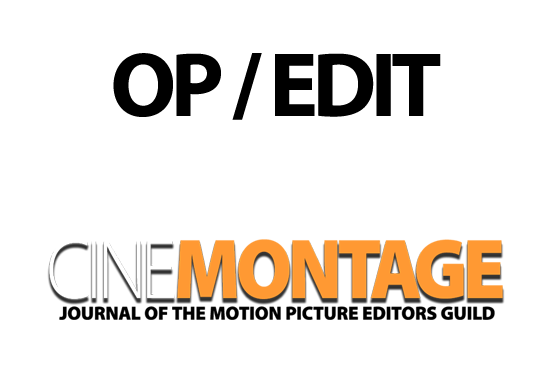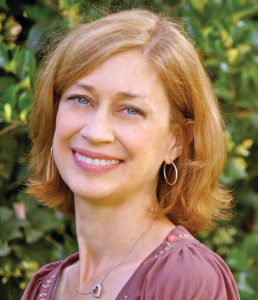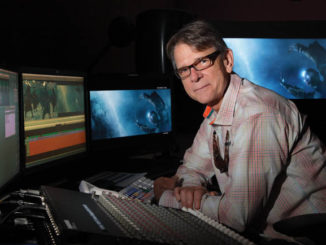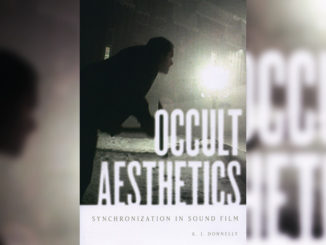
by Mary Woods Brown

The mail slot clatters in the front hall. I immediately get up from my desk to see what has come. There’s rarely anything good in snail mail anymore, but the glimpse of the postal carrier’s back as he returns to his van may constitute my human interaction for the day. I am a story analyst, and I don’t get out much.
Every two months, the mail slot spits out my copy of the Editors Guild Magazine. There are 20-some different classifications under the umbrella of the Guild (shout out to Vault/Shipping!), although most are within a stone’s throw of editing. How did the story analysts––the first responders of the collaborative film process––come to share a union label with the sound and picture editors and re-recording mixers who perform the final acts of movie-making?
To appreciate the marvel of our union co-existence, it might be helpful to explain what exactly a story analyst––also referred to as a “reader”––does. We work in the Story departments of the film studios or production companies, and are considered a part of the script development process. Some analysts work onsite, and so must wear actual clothes and shoes. Most of us work at home, wearing whatever the heck we please. Scripts, books and other materials are sent to us via e-mail; we read, write the coverage and send it back via e-mail. Some studios are rigid about the hours worked; most don’t care when the work is done, as long as it’s turned in on time. Flexibility and independence are some of the cherished aspects of our work.
What is coverage? Every script, book, treatment or other form of material that is submitted to a studio for consideration as a possible film must be “covered.” It goes without saying that the studios are always looking for the next big thing, but there’s also a self-protective aspect of coverage. There must be a paper trail for every submission if, for example, the studio is hit with a plagiarism lawsuit. So we must do just as thorough coverage for the drek that smells bad from Page 1, as for the next Tom Hanks movie.
Story analysts fix the story before a movie is shot; editors fix the story afterwards.
Most importantly, the coverage gives the executive the details he or she needs when on the phone to the agent to pass on the material (“Loved the plumber character, and that scene with the dancing elephant was a stunner, but it’s not right for us…”). Everyone knows that it would be physically impossible for execs to read everything submitted to them, but with coverage in hand, execs and agents can speak as if they did. The exec will also use a positive recommendation on a coverage as a selling tool to promote a promising project to the boss and the development team.
We may be called readers, but we really earn our money as writers. It’s a very specific set of writing skills. Capsulating a movie’s subject matter in a spiffy, one-sentence log line is a challenge. The full synopsis must convey the main events of the story, as well as its tone and flavor. A reader needs a strong grasp of the three-act film structure. The comments must reflect a nose for what makes a movie; knowledge of films past as well as this week’s trends is important. Readers are also called upon to do story notes, or very detailed analyses on projects in development. Story notes can run 20 pages or longer, and a reader could do notes on many drafts of the same script. Execs use these notes (along with their own input) to determine the direction of subsequent revisions, which the screenwriters will execute.
The story analysts first unionized in the mid-1950s, and the union was a stand-alone local for many years. By the 1990s, management had become complacent. No new shops were organized; union meetings rarely reached a quorum. We were merged into Local 700. The leadership of the Editors Guild was nurturing to us. Despite the disparity of our functions, we found a home. We may be the garret-dwelling foster children of the union, but we appreciate the protective haven that Local 700 has provided us for ten years.
We may have more in common than we think. Editors and story analysts both use their considerable skills and training to hone and finesse a film’s story. Story analysts fix the story before a movie is shot; editors fix the story afterwards. It’s the guys in the middle who screw it up!





